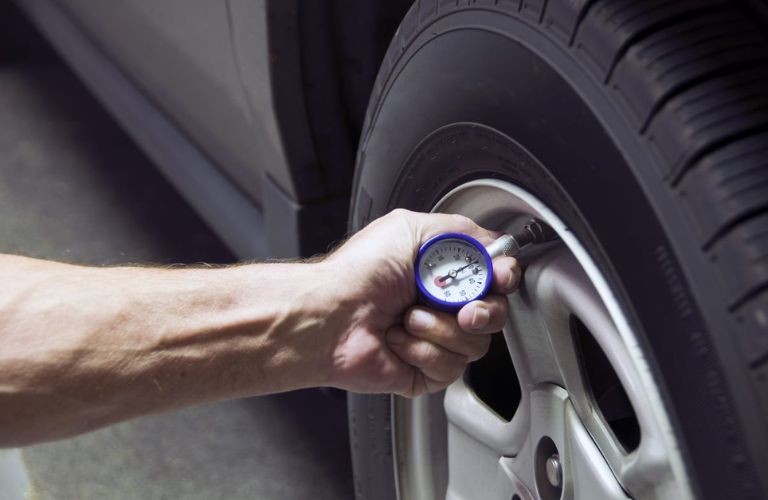The Tire Pressure Monitoring System (TPMS) in your Nissan alerts you when tire pressure is low. This system is crucial for safety and fuel efficiency. While inflating your tires to the recommended pressure usually resolves the issue, sometimes you need to manually reset the TPMS. This guide provides a step-by-step approach to resetting the tire pressure sensor in your Nissan.
Understanding Your Nissan’s TPMS
The TPMS uses sensors within each tire to monitor pressure. When pressure drops below a predetermined threshold, a warning light illuminates on your dashboard. Even after inflating your tires correctly, the light might stay on until the system is reset. Cold weather can also trigger the TPMS as temperatures affect tire pressure.
Resetting the Tire Pressure Sensor: A Step-by-Step Guide
Locating the TPMS Reset Button: The reset button is typically located under the steering wheel, inside the glove compartment, or near the center console. Consult your owner’s manual for the precise location in your specific Nissan model.
Turning the Ignition On: Turn the ignition key to the “On” position without starting the engine. This activates the TPMS system for the reset process.
Pressing and Holding the Reset Button: Press and hold the TPMS reset button. You’ll need to hold it for several seconds, usually until the TPMS warning light blinks a few times. This indicates the system is entering reset mode. The exact duration and blinking pattern may vary depending on the model year.
Confirming the Reset: After releasing the button, start the engine and drive for a short distance (around 10-20 minutes). This allows the sensors to recalibrate and transmit updated pressure readings. The TPMS warning light should turn off, confirming a successful reset.
Maintaining Proper Tire Pressure in Your Nissan
Regularly Check Tire Pressure: Use a reliable tire pressure gauge to check your tire pressure at least once a month and before long trips. This helps ensure optimal tire performance and fuel efficiency.
Inflate to Recommended PSI: Refer to the sticker on your driver’s side doorjamb or your owner’s manual for the recommended tire pressure for your Nissan model. Don’t overinflate or underinflate.
Adjust for Temperature Changes: Remember that tire pressure fluctuates with temperature. In colder weather, tire pressure tends to decrease, potentially triggering the TPMS light.
Troubleshooting and Professional Assistance
If you’ve followed these steps and the TPMS light remains on, there might be a more serious issue. A malfunctioning sensor, a slow leak, or other problems could be the culprit. In such cases, it’s best to consult a qualified mechanic or visit your Nissan dealership for diagnosis and repair. They have the necessary tools and expertise to identify and resolve any underlying issues with your TPMS. Don’t ignore a persistent TPMS warning light. Addressing it promptly ensures your safety and prevents potential tire damage.



